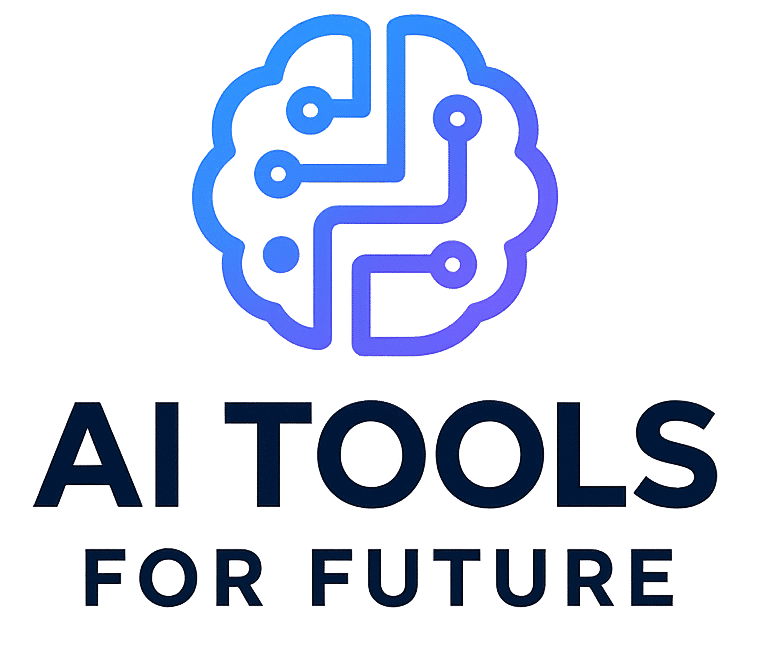Discover why AI literacy for executives is essential in today’s digital age. Learn how business leaders can drive innovation, manage risks, and build competitive advantage with the right AI strategy.
In today’s fast-moving digital age, artificial intelligence (AI) is no longer a pipe dream — it’s a strategic imperative. Whether it’s automating processes or creating new services, AI is changing how we look at business from top to bottom. Despite AI’s growing sway, though, many top executives do not have even a basic grasp of what it is, how it works or its considerable potential risks.
Leadership needs AI literacy, period. As AI gets woven into products, services and decision-making at all levels of an organisation, leaders need to do more than throw around buzzwords; they need to understand what it takes to lead with confidence in the era of AI.

What Is AI Literacy?
AI Literacy means the capacity to comprehend, evaluate and employ AI solutions effectively in strategic and operational settings. It doesn’t call for programming skills or hardcore technical knowledge, but yes, you need to be familiar with at least some key concepts:
- Machine learning vs. traditional software
- Data quality and bias
- Algorithmic transparency
- Ethical and regulatory implications
- AI’s capabilities and limitations
For leaders, AI literacy offers more than passive understanding — it facilitates decision-making, drives innovation and encourages conscientious use of new technologies.
Why Executives Need AI Literacy
Strategic Decision-Making
It is up to the executives to lead companies toward sustainable growth. But if they don’t “get” AI, they could miss the boat — or quite possibly invest in hype-driven offerings that have little substance. AI literacy helps leaders:
Ask the right questions around AI initiatives.
Evaluate feasibility and ROI.
Define realistic expectations on the capabilities and limitations of AI.
With leaders who are better informed, AI investments generally line up with strategic business needs and yield tangible returns.
Driving Innovation and Competitive Advantage
Companies able to use AI effectively can improve operations, customise customer experiences and create new businesses. Except that isn’t where innovation begins, not in the IT department anyway; it starts at the top.
Leaders who are AI-literate can:
Champion AI-enabled innovation.
Establish cross-functional teams when business people and tech folk come together.
Nurture a culture of experimentation and ongoing learning.
Executives who are literate in AI can identify where it provides the most leverage — and act quickly to capitalise on it before competitors do.
Risk Management and Ethical Responsibility
AI poses numerous risks: biased outcomes, invasions of privacy, black-box decision-making and potential regulatory penalties. These are more than technical challenges — they’re strategic risks that can undermine reputation, destroy customer confidence and invite legal questions.
Executives must be able to:
Appreciate ethical considerations related to AI.
Develop AI accountability frameworks in governance.
Ensure legal compliance, such as GDPR, CCPA or new AI regulations.
An AI-literate leader does not merely offload these concerns—they’re taking accountability for them in the boardroom.
https://aitoolsforfuture.com/customer-service-ai-agents/
Talent Strategy and Organisational Readiness
AI adoption is not just about tools — it’s about people. Companies require talent that can design, deploy and maintain AI systems, as well as workers equipped to work alongside them.
AI-literate leaders can:
Establish a vision for integrating AI. A clear vision about what role AIs should play in a society can make the debate surrounding AI more focused, stimulating and beneficial.
Invest in upskilling programs.
Design roles and workflows to support human-AI collaboration.
They’re also much better equipped to gauge the full cost and on-the-ground impact of AI transformation—beyond just the technology.
Navigating the Hype vs. Reality
The AI sector is full of hype, exaggerated vendor claims and “black box” solutions. And without a fundamental understanding of how AI functions, executives are vulnerable to being misled or making choices based on marketing, rather than merit.
Leaders can do this by acquiring AI literacy, to:
Strip away the jargon and ask tough questions.
Ask vendors and internal teams to be transparent.
Reason about trade-offs between accuracy, cost, explainability and speed.
What AI Literacy Might Look Like in Practice
You don’t have to — but you should be able to: An AI-literate executive does not need to develop a neural network.
Know how a predictive model uses data to make decisions.
Identify when there may be bias in algorithms and its potential effects. Join conversations about AI risk, compliance and value creation.
Promotion of Ethical AI Design and Deployment throughout the Enterprise.
At the end of the day, AI literacy is about being equipped to lead well in an AI-enabled world.”
Steps to Create Leaders with AI Literacy
1. Start with Executive Education
Business leaders can be introduced to AI basics in small chunks through short programs, workshops and webinars customised for this audience that may or may not have a deep technology-orientation.
2. Engage with Cross-Functional Teams
Get executives talking to both data scientists and engineers, as well as domain experts. This promotes fluency, giving exposure and practice.
3. Use Real Business Cases
By learning through real-world, industry-applicable AI use cases, we keep the concepts practical and implementable.
- Foster a constant learning environment
AI is evolving rapidly. Motivate leaders to be curious, educate themselves through industry reports, attend conferences and continuously update their knowledge.
- Appoint AI Advisors or Councils
Originate internal or external advisory boards to steer strategic AI decisions, ensure governance, and accelerate organisational literacy.
Final Thoughts
Leadership is AI future–enabled. While tech teams will always be involved in executing AI, the vision, ethics, and strategic direction have to come from above. Those leaders who seize AI literacy will be positioned to responsibly lead, innovate boldly and position their enterprises for success in a rapidly changing digital economy. In a world where A.I. is transforming everything from supply chains and customer service to product design, knowing the basics of how A.I. works isn’t just a competitive advantage — it’s essential for leadership.



